Do you have a question about the Porter-Cable Miter Saw and is the answer not in the manual?
Miter saws are designed for precise crosscuts at any angle, offering versatility for various job sites and projects.
Discusses the three types of miter saws: conventional, compound, and sliding-compound, detailing their capabilities.
Distinct positive stops are best for accurate angle settings, ensuring the saw head firmly drops into the recess.
An easy-to-read indicator, like a hairline cursor with a vernier scale, allows for quick and accurate angle setting.
A tall fence is beneficial for cutting crown molding and provides increased support for compound miter saws.
Handles can be horizontal or vertical; horizontal style was preferred by the testing panel for ease of use.
New saws feature a double-laser system showing the exact cut line on both sides of the blade for precise cuts.
Quick-acting hold-downs, like toggle clamps, are best for securing large stock efficiently during cuts.
Compound miter saws with left and right bevel capabilities offer easier compound cutting from either side.
Miter saws are designed for precise crosscuts at any angle, offering versatility for various job sites and projects.
Discusses the three types of miter saws: conventional, compound, and sliding-compound, detailing their capabilities.
Distinct positive stops are best for accurate angle settings, ensuring the saw head firmly drops into the recess.
An easy-to-read indicator, like a hairline cursor with a vernier scale, allows for quick and accurate angle setting.
A tall fence is beneficial for cutting crown molding and provides increased support for compound miter saws.
Handles can be horizontal or vertical; horizontal style was preferred by the testing panel for ease of use.
New saws feature a double-laser system showing the exact cut line on both sides of the blade for precise cuts.
Quick-acting hold-downs, like toggle clamps, are best for securing large stock efficiently during cuts.
Compound miter saws with left and right bevel capabilities offer easier compound cutting from either side.
| Brand | Porter-Cable |
|---|---|
| Model | Miter Saw |
| Category | Saw |
| Language | English |
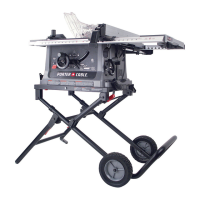
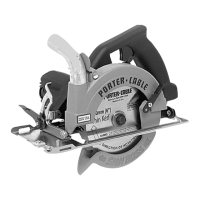


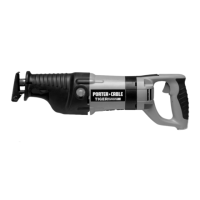



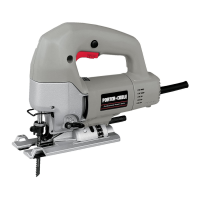
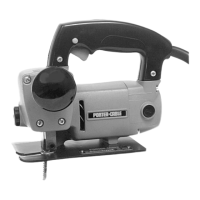
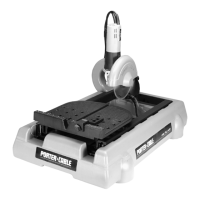
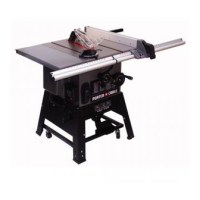
